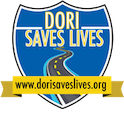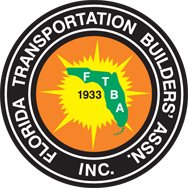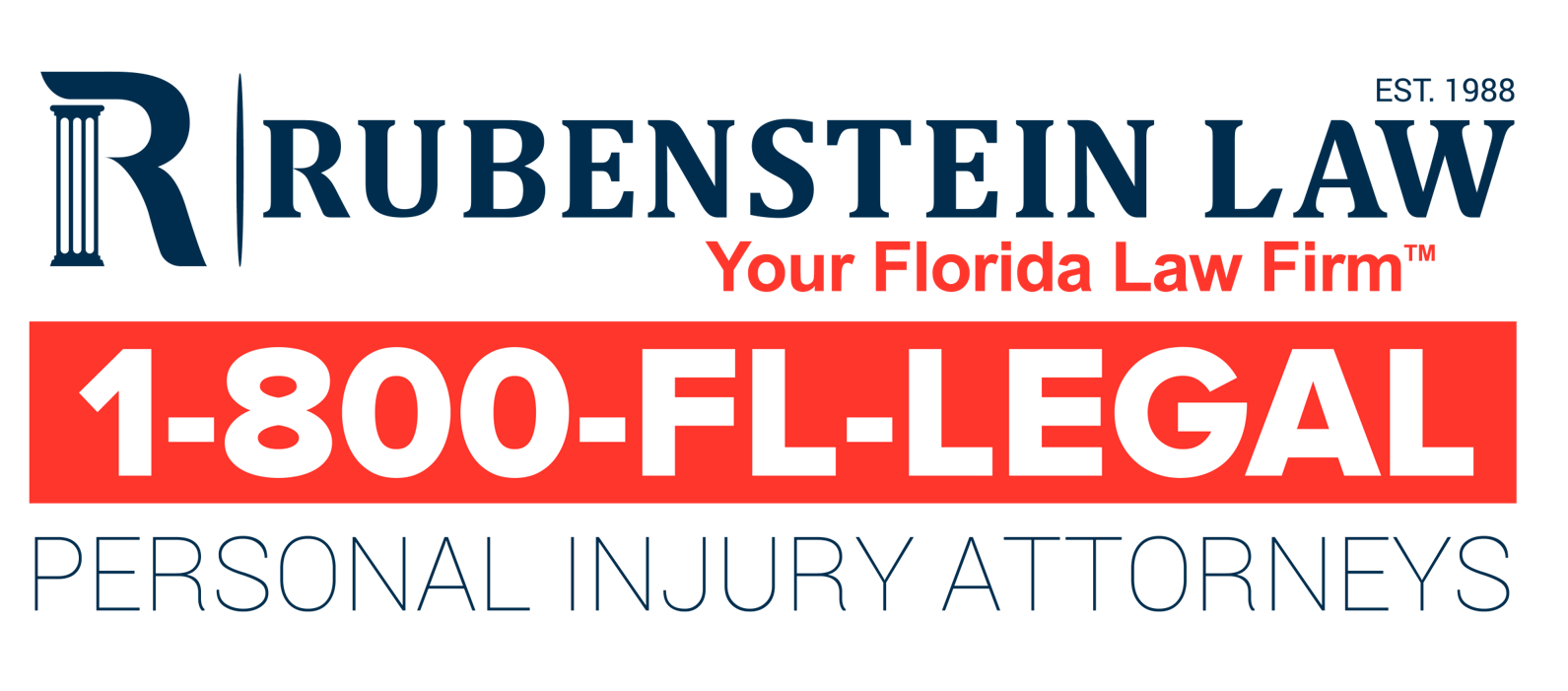Teen Driver Requirements
Novice teen drivers are twice as likely as adult drivers to be in a fatal crash. Despite a 46-percent decline in fatalities of 15-18 year old rivers between 2007 and 2016, teens are still significantly over-represented in fatal crashes.
NHTSA research tells us that immaturity and inexperience are primary factors contributing to these deadly crashes. Both lead to high-risk behavior behind the wheel: driving at nighttime, driving after drinking any amount of alcohol, and driving distracted by passengers and electronic devices.
To address these problems, all States and the District of Columbia have enacted Graduated Driver Licensing (GDL) laws to give teen drivers more time–under less risky circumstances–to learn the complex skills required to operate a vehicle .
While driver education classes can teach road rules and safe driving practices, they’re only part of the GDL approach, designed to ease teens onto the roadway by controlling their exposure to progressively more difficult driving experiences.
How Does the GDL System Work?
GDL laws vary from State to State, but all GDL approaches consist of three stages, identified by the type of license, provisions, and restrictions. Novice drivers 15 to 18 years old must demonstrate responsible driving behavior during each stage of licensing before advancing to the next level.
NHTSA recommends the following provisions and restrictions for each stage:
Stage 1: Learner's Permit
Minimum age. Minimum duration. Required supervised driving hours
Stage 2: Intermediate (Provisional) License
Minimum age. Nighttime driving restriction. Passenger restriction (except for family, unless noted)
Stage 3: Full Licensure
Minimum age
What Can I Do?
While GDL laws have proven effective, they can be difficult to enforce. Imagine the challenges police face determining your teen driver’s age from afar after 9 p.m. That’s why your oversight is so important. Set driving ground rules with your teen and explain the consequences for breaking them; then get it in writing using a contract like the Parent-Teen Driving Contract (PDF, 1.55 MB). Most importantly: Enforce the rules.













